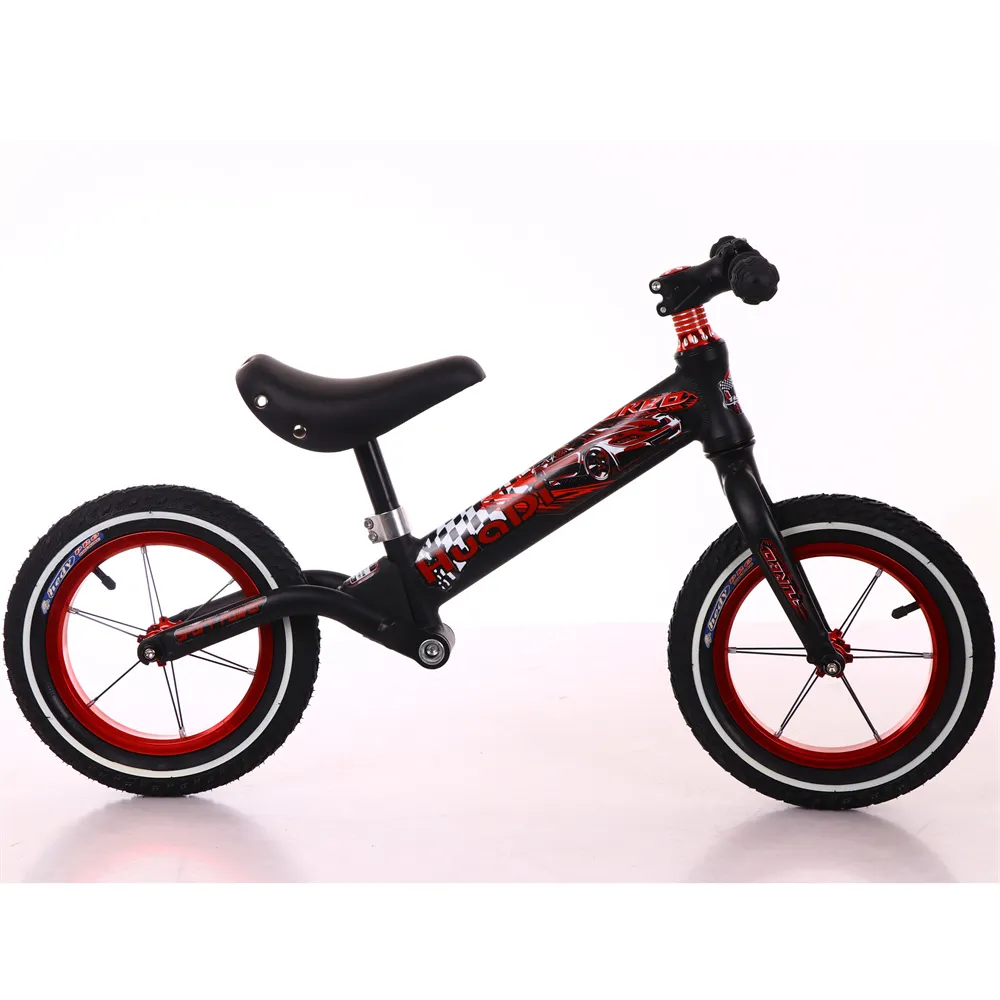how to teach a kid to ride a balance bike
Teaching a Kid to Ride a Balance Bike
Teaching a child to ride a balance bike can be an exciting and rewarding experience for both the parent and the child. A balance bike is a fantastic tool that helps young children develop the essential skills needed for riding a traditional bicycle. Here is a guide on how to effectively teach your kid to ride a balance bike, ensuring they have fun while building confidence and coordination.
Understanding the Balance Bike
Before diving into the teaching process, it’s important to understand what a balance bike is. Unlike traditional bicycles, balance bikes do not have pedals, chains, or training wheels. Instead, they have a simple frame that allows children to sit on the seat and use their feet to propel themselves forward. This unique design encourages kids to learn balance and steering without the intimidation of pedaling.
Choosing the Right Bike
The first step in teaching your child to ride a balance bike is selecting the right one. Ensure that the bike is the appropriate size for your child. When seated on the bike, their feet should comfortably touch the ground, allowing them to walk or run while straddling the saddle. Look for a lightweight bike that your child can easily maneuver. A bike with adjustable seat height can also be beneficial as your child grows.
Getting Started Safety First
Before your child hops on their balance bike, it’s crucial to ensure their safety. Equip them with a properly fitting helmet; this is essential for protecting their head in case of falls. You might also want to consider knee and elbow pads, especially if your child is prone to tumbles. Choosing a flat, open area for the initial practice, such as a park or a quiet sidewalk, will help create a safe environment.
The First Steps Walking and Gliding
Start by encouraging your child to walk while straddling the balance bike. Let them get comfortable with the bike’s weight and learn how to steer it. Once they feel secure, you can encourage them to push off the ground with their feet to glide. This phase is crucial as it helps them understand balance. Encourage your child to lift their feet off the ground for short distances to experience gliding and balance. Praise them for their efforts, as positive reinforcement builds their confidence.
how to teach a kid to ride a balance bike

Progressing to Coasting
After your child has mastered gliding for a few feet, the next step is coasting for longer distances. Encourage them to push off harder, allowing them to pick up speed before lifting their feet off the ground. This will help them gain a sense of balance while moving at a faster pace. It’s normal for kids to wobble at first, but with practice, they’ll learn to control the balance of the bike.
Introducing Steering
Once your child is comfortable with coasting, it’s time to work on steering. Show them how to turn the handlebars gently while leaning slightly in the direction they want to go. Practice making turns around cones or markers, showing them that steering isn’t just about moving the handlebars but also involves shifting their body weight. This combination of movements is critical for mastering balance bike skills.
Confidence Building
As your child gains confidence in their ability to ride a balance bike, continue to encourage exploration. Set up small obstacles or challenges in a safe area to keep them engaged. You could create a small course with cones to navigate through or a gentle slope for them to experience the thrill of riding downhill. Always celebrate their successes, no matter how small, to boost their self-esteem.
Transitioning to a Traditional Bike
Once your child has become proficient with their balance bike, they will likely be ready to transition to a traditional bicycle. The skills they acquired while riding a balance bike—including balance, coordination, and steering—transfer easily to pedaling. When they are ready, choose a bike with training wheels or no training wheels, ensuring it is the right size, and give them the same support and encouragement as before.
Conclusion
Teaching your child to ride a balance bike is not just about helping them learn to ride; it’s about building their confidence, coordination, and independence. With patience, practice, and positive reinforcement, your child will soon be gliding confidently on their bike, ready to take on new adventures. So gear up, and enjoy the journey of teaching your child this essential life skill!
-
The Perfect Baby TricycleNewsAug.11,2025
-
Ride into Fun with Bikes for KidsNewsAug.11,2025
-
Ride into Adventure with the Perfect Kids Balance BikeNewsAug.11,2025
-
Fun and Safe Riding with the Best Childrens ScootersNewsAug.11,2025
-
Find the Perfect Childrens Bike for Your Little OneNewsAug.11,2025
-
Explore the Best Baby Tricycles for Your Little OneNewsAug.11,2025
-
Three-Wheel Light-Up Scooter Benefits for KidsNewsJul.11,2025








